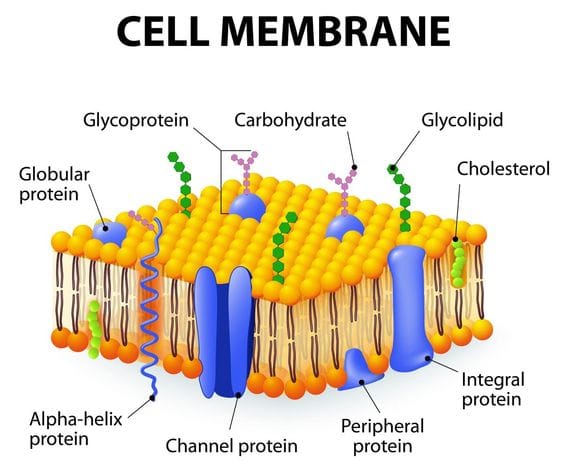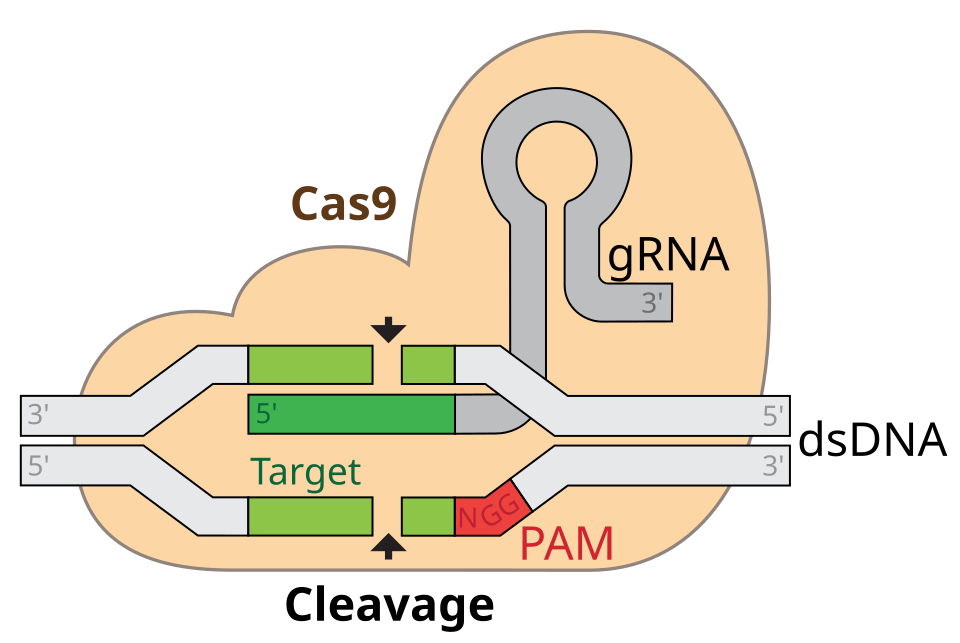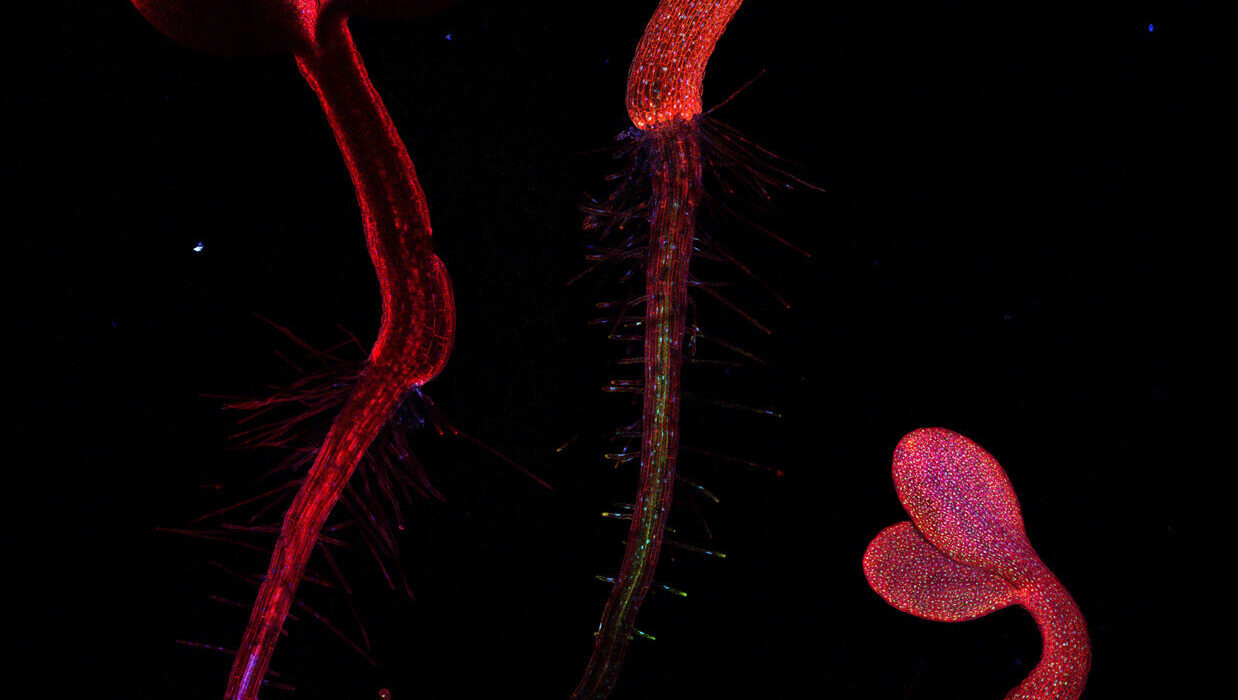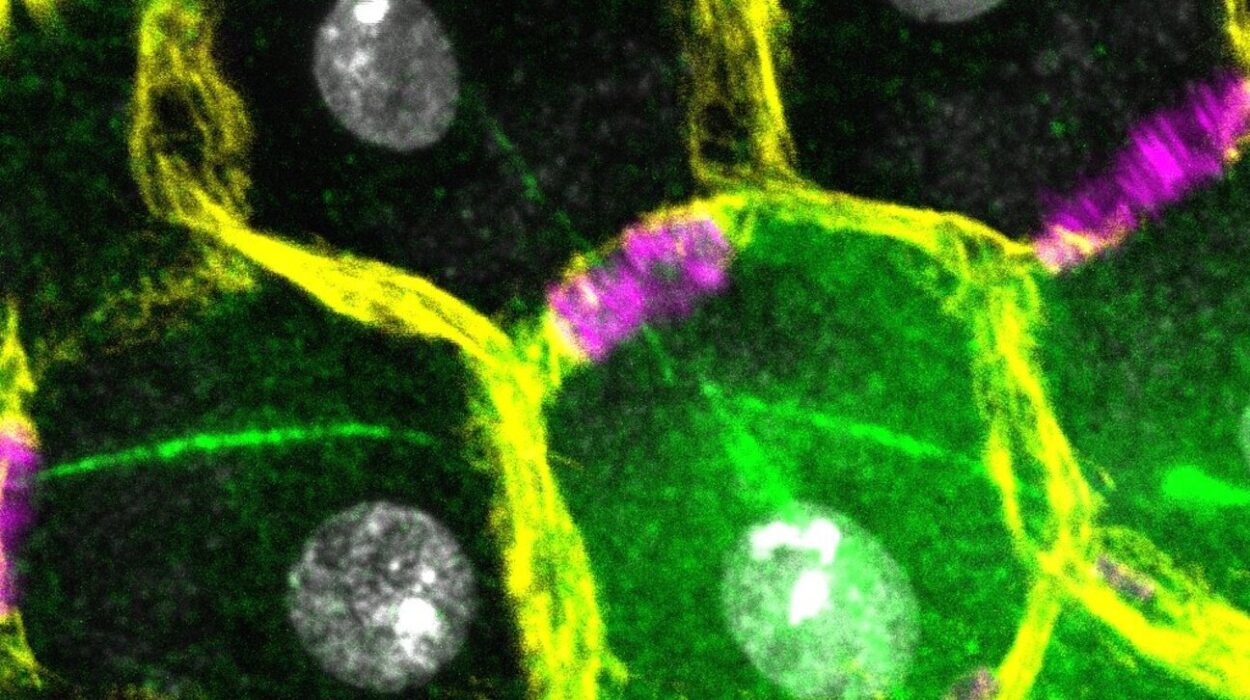Within the microscopic world of biology, the cell membrane represents one of nature’s most elegant and vital inventions. Though often overshadowed by more glamorous components like the nucleus or mitochondria, the cell membrane—also known as the plasma membrane—is nothing short of miraculous. It is the fragile yet resilient line that separates the living from the non-living, the self from the environment, and order from chaos. Without it, life as we know it would be impossible.
What makes the cell membrane so remarkable is not just its structure or complexity, but the fact that it is a living, dynamic, thinking barrier. It is not a static wall, but a responsive interface—constantly adapting, reacting, and managing the flow of life’s essential materials. It serves as both a fortress and a gateway, a communicator and a sentinel. In many ways, it is the cell’s mind and skin simultaneously.
As we venture into the world of membranes, we uncover not just the intricacies of cellular biology, but the foundation of how life defends, nourishes, and defines itself.
Origins of the Membrane: A Precursor to Life
The origins of the cell membrane trace back to the primordial conditions of early Earth, when self-assembling lipid molecules began forming rudimentary boundaries in an otherwise chaotic soup of organic compounds. These primitive membranes may have been the first step toward the development of protocells—non-living precursors to modern cells that harbored chemical reactions inside lipid vesicles.
This ability to compartmentalize, to create a protected internal environment distinct from the outside world, is what set the stage for cellular life. Before DNA or RNA ever encoded instructions for life, before proteins ever catalyzed metabolic reactions, there was the membrane—a delicate bubble enclosing the promise of order. Without that membrane, nothing else could have evolved.
The Architecture of Elegance: Structure of the Cell Membrane
At first glance, the cell membrane may seem simple—just a thin line under the microscope. But when we peer deeper, into the nanoscopic realm, an astonishing architectural marvel unfolds. The fundamental structure of the membrane is built on a phospholipid bilayer—two layers of lipid molecules arranged tail to tail, forming a flexible, semi-permeable sheet.
Each phospholipid has a hydrophilic (water-attracting) head and a hydrophobic (water-repelling) tail. In an aqueous environment, these molecules spontaneously organize into bilayers: the hydrophilic heads face outward toward the water, while the hydrophobic tails retreat inward, away from it. This self-assembly is driven by nothing more than the laws of chemistry and thermodynamics.
But lipids are only the beginning. Embedded within and attached to this bilayer are proteins, each with unique roles. Some span the membrane completely—integral proteins—while others sit on the surface—peripheral proteins. These proteins function as channels, pumps, receptors, enzymes, and more. They are the tools the membrane uses to interact with its surroundings.
Cholesterol molecules, interspersed among the phospholipids, add stiffness and fluidity regulation. Glycolipids and glycoproteins—lipids and proteins with carbohydrate chains—decorate the outer surface, playing essential roles in cell recognition, communication, and adhesion.
Together, these components form what scientists call the fluid mosaic model: a constantly shifting, semi-fluid layer in which molecules drift laterally, like boats on a gentle sea. It’s dynamic, not rigid—a living surface responsive to both internal signals and external conditions.
Dynamic and Selective: How the Membrane Regulates Flow
A membrane’s essential function is to control what enters and exits the cell. It is both a security checkpoint and a supply chain manager. The cell must import nutrients like glucose and amino acids while exporting waste products like carbon dioxide and urea. At the same time, it must prevent harmful substances from invading.
The brilliance of the membrane lies in its selective permeability. Small, non-polar molecules—like oxygen and carbon dioxide—can diffuse freely through the lipid bilayer. Water, though polar, can pass via specialized proteins called aquaporins. Larger or charged substances, such as ions or sugars, require transport proteins to ferry them across.
There are several transport mechanisms, each uniquely tailored:
Passive transport, including simple diffusion and facilitated diffusion, allows substances to move down their concentration gradients without energy. In contrast, active transport uses energy, usually in the form of ATP, to move substances against their gradients—like pumping sodium out of a cell while pulling potassium in.
There’s also endocytosis, in which the membrane folds inward to engulf large molecules or particles, and exocytosis, where vesicles fuse with the membrane to expel substances. These processes are crucial for immune responses, neurotransmitter release, and nutrient absorption.
This finely tuned transport system makes the cell membrane not merely a passive filter, but an intelligent, regulated interface—one that keeps life in balance moment by moment.
Communication Across the Divide
The membrane is not just a gatekeeper—it’s a communicator. Cells constantly receive signals from their environment and from other cells. The membrane is equipped with receptor proteins, which detect specific signaling molecules—such as hormones, neurotransmitters, or cytokines.
When a signal molecule binds to its receptor, it triggers a signal transduction pathway—a cascade of molecular events inside the cell. This can lead to gene expression, metabolic changes, or altered cell behavior. It’s how insulin prompts a cell to absorb glucose, or how adrenaline prepares your muscles for action.
Membrane receptors are so finely tuned that even a single molecule of a hormone can initiate a cellular response. This sensitivity is crucial in multicellular organisms, where cells must cooperate and specialize. Without membranes and their receptors, complex life would collapse into silence and disarray.
The Membrane in Motion: Fluidity and Flexibility
Unlike walls or barriers in the macroscopic world, the cell membrane is not static. Its components are in constant motion. Lipids and proteins float laterally within the bilayer, giving the membrane a fluid consistency similar to olive oil.
This fluidity is not just a quirk—it’s essential. It allows the membrane to self-heal when damaged, to deform during cell division or movement, and to host temporary protein assemblies that carry out specialized functions.
Membrane fluidity is carefully regulated. Cells can alter their lipid composition—adding unsaturated fatty acids to increase fluidity or saturated ones to decrease it. Temperature also affects fluidity: colder environments demand more flexible membranes, while hotter ones need more rigidity. Some organisms, like arctic fish or desert bacteria, have evolved sophisticated adaptations to maintain the right membrane consistency under extreme conditions.
The Membrane’s Role in Identity and Defense
One of the most profound roles of the membrane is in cell identity. Each cell wears a kind of biochemical “nametag” made of glycoproteins and glycolipids—molecules with carbohydrate chains that protrude from the membrane’s surface. These markers are like a cellular barcode, used by the immune system to distinguish self from non-self.
When a virus or bacterium invades, its foreign surface markers trigger an immune response. But sometimes, cells can be tricked. HIV, for example, binds to specific membrane receptors to enter white blood cells. Cancer cells may alter their surface markers to escape detection. These deceptions highlight how crucial membrane identity is to survival.
Transplants also reveal the importance of membranes in self-recognition. Donated organs must match a recipient’s tissue markers, or else immune cells will attack the new organ as an invader. The surface of the cell is, in many ways, the battleground for life’s most existential conflicts.
The Membrane as an Electrical Powerhouse
In certain cells—particularly nerve and muscle cells—the membrane does something extraordinary: it becomes an electrical circuit. Charged ions like sodium, potassium, calcium, and chloride are unequally distributed across the membrane, creating a voltage known as the membrane potential.
This electrical gradient is the basis for nerve impulses. When a neuron fires, ion channels in its membrane open in a precise sequence, causing a rapid depolarization and repolarization. The resulting action potential travels down the neuron like a wave, ultimately leading to muscle contraction, sensation, or thought.
This electrical signaling is a masterpiece of membrane engineering. It relies on finely tuned ion pumps, voltage-gated channels, and membrane insulators—each a product of millions of years of evolution. Without these mechanisms, the brain’s 86 billion neurons would be inert. There would be no speech, no memory, no movement, no awareness.
Membrane Dynamics in Growth and Division
The cell membrane is intimately involved in cell division—a process vital to growth, healing, and reproduction. During mitosis, the membrane must not only allow the cell to duplicate its contents but also orchestrate the delicate separation into two daughter cells.
As the cell prepares to divide, it reshapes itself, and its membrane becomes highly active—forming structures like cleavage furrows and mitotic spindles. Vesicles contribute extra membrane material to ensure both new cells are fully enclosed. The membrane’s flexibility and resilience are crucial here: a rigid or brittle boundary would snap under the stress of division.
In multicellular organisms, controlled cell division ensures tissue renewal and organ maintenance. When membrane signaling malfunctions—when growth signals fail to turn off—uncontrolled division can result in cancer. This is a stark reminder of how the membrane’s balance of rigidity and responsiveness is essential to life.
Membrane Specializations: Diversity in Design
Not all membranes are created equal. Different cell types customize their membranes for specific tasks. For example, red blood cells have a unique cytoskeleton attached to their membrane, allowing them to deform as they pass through narrow capillaries.
Epithelial cells that line the intestines have microvilli—finger-like extensions of the membrane that increase surface area for absorption. Neurons extend axons, whose membranes conduct electrical impulses across long distances.
Even within a single cell, organelle membranes differ. The nuclear envelope encloses DNA and regulates gene expression. The mitochondrial membrane generates ATP—the energy currency of the cell. The endoplasmic reticulum and Golgi apparatus use membranes to synthesize and ship proteins and lipids.
These variations show how the basic membrane architecture has been adapted in countless ways to suit life’s needs. Evolution has taken the membrane template and written a thousand different stories on it.
The Membrane and Modern Medicine
Understanding the cell membrane is not just a matter of academic interest—it’s a cornerstone of modern medicine. Many drugs are designed to interact with membrane proteins, especially receptors and ion channels. Beta blockers, antidepressants, antihistamines, and pain relievers all work by targeting these surface molecules.
The cell membrane is also central to gene therapy and nanomedicine. Scientists are developing lipid-based nanoparticles that can ferry drugs or genetic material across membranes with precision. Some of the COVID-19 vaccines used lipid nanoparticles to deliver mRNA into cells—a feat that was only possible because of our understanding of membrane chemistry.
Even the fight against aging and degenerative diseases touches the membrane. Research into Alzheimer’s, Parkinson’s, and metabolic disorders increasingly points to membrane dysfunction—impaired transport, damaged receptors, or oxidative stress—as a key factor.
Philosophical Reflections on the Membrane
When we reflect on the cell membrane—not just its science, but its symbolism—it becomes something more than a molecular barrier. It is a metaphor for life itself. It represents boundaries and bridges, the dance between openness and protection. Like the skin of the body or the limits of the self, the membrane defines identity while enabling connection.
It reminds us that living things do not exist in isolation. They must manage their relationships with the world—selecting what to let in, what to keep out, and when to change. The membrane’s intelligence is not conscious, but it mirrors the choices all organisms must make.
In an age of artificial intelligence and synthetic biology, some scientists are even building protocells—synthetic constructs with membranes that mimic life. If they succeed, it will be the cell membrane, once again, that makes the difference between the inert and the animate.
The Eternal Guardian of Cellular Life
The cell membrane is the unsung hero of biology—the sentinel at the edge of existence. It is delicate yet strong, thin yet layered with meaning. It guards, connects, senses, adapts, and evolves. It is as ancient as life itself and as modern as today’s biotechnology.
Every heartbeat, every thought, every movement begins with a signal across a membrane. Every breath involves oxygen slipping through that barrier. Every memory, every emotion, every immune response, every twitch of muscle or spark of thought—each is made possible by this shimmering, molecular film.
In the end, to understand the cell membrane is to understand life—not just its mechanics, but its miracle. For within that fragile boundary lies all the vitality, vulnerability, and wonder of the living world.






